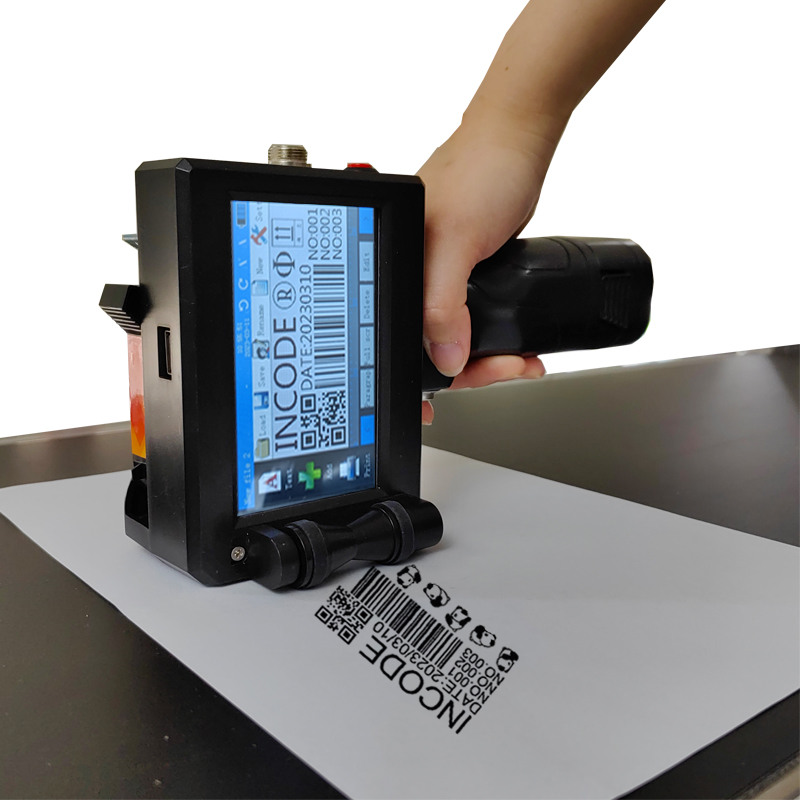2025 Industry Insider: Smart, Portable, and Eco-Friendly Innovations in Coding Technology
1. Smart Machines That Think Like Artists: Revolutionizing Production Lines
In a food factory in Zhejiang, the coding machine works like an “industrial calligrapher,” printing batch numbers and QR codes at 1,200 characters per second. Equipped with an AIoT smart hub, it monitors 16 device parameters and predicts 70% of potential failures, putting an end to manual machine monitoring. Even in high-temperature, humid environments, its intelligent calibration ensures crisp prints every time. Meanwhile, in a Shanghai auto parts plant, coding machines use laser technology to etch QR codes at 3,000 dots per second—precision comparable to a watchmaker’s craft—without contaminating delicate metal surfaces.
2. From ‘Iron Clunkers’ to ‘Pocket Miracles’: The Rise of Portable Coding
While traditional machines hog factory floors, portable devices are conquering warehouses and trade shows. A cross-border e-commerce executive revealed that a 2.5kg portable machine can print 1,000 package labels in 2 minutes—three times faster than before. Equipped with Bluetooth connectivity, generating promotional labels is as easy as posting on social media.
3. Patent Battles Unveil Tech Breakthroughs: China’s Cunning Strategy
In late 2024, “Airflow Compensation Patent” caused a stir. By dynamically adjusting ink flow, this innovation slashed error rates in high-speed production from 15% to 2%. Interestingly, the idea was inspired by a lab mishap—spilled coffee droplets inspired the team to mimic natural fluid dynamics for industrial use.
4. Price Plunges: From Luxury to Everyday Tool
Once costing millions, domestic coding machines now sell for under ¥100,000. Breakthroughs like carbon nanotube ink and modular designs have cut core component costs by 60%. A subscription service even allows businesses to pay ¥5,000 per month for software upgrades and remote maintenance, breaking down tech barriers for SMEs.
5. The Future is Here: Coding Machines as IoT Nerves
In Shenzhen’s smart factories, coding machines aren’t just printers—they’re part of the industrial nervous system. AI analyzes print data to detect anomalies in real-time, while blockchain turns each label into a “digital ID” for traceability. By 2030, 70% of machines are expected to integrate environmental sensors, optimizing print parameters in real-time.
Conclusion
From “thinking machines” to “pocket-sized production lines,” coding equipment is reshaping global manufacturing. As machines learn to “write data with ink,” we’re witnessing not just tech evolution, but a smarter, greener industrial revolution.
Post time: Mar-31-2025

